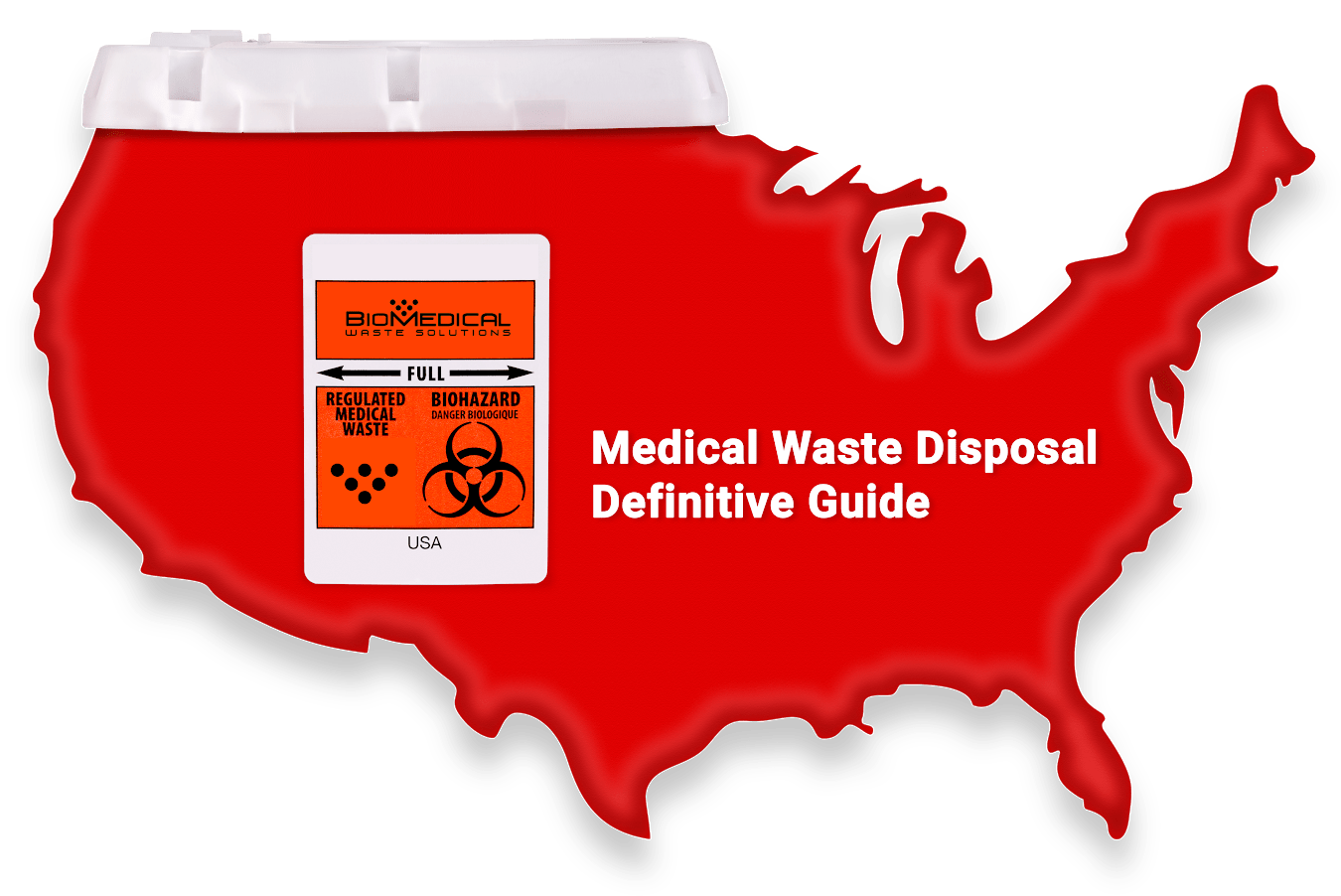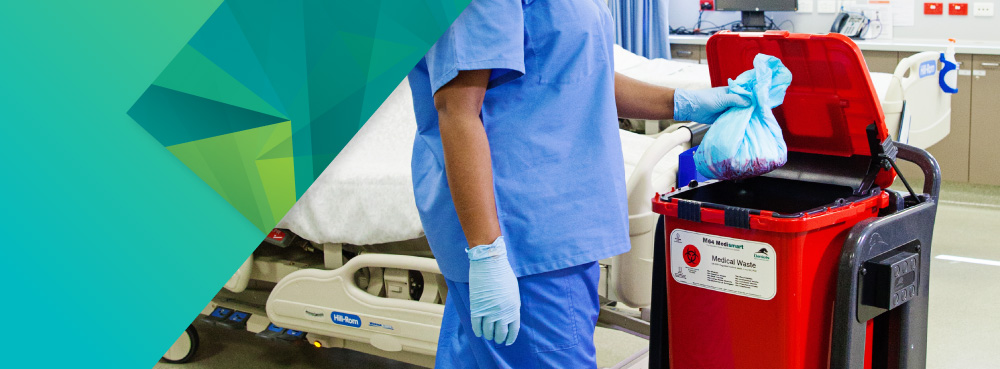Browsing Safety: The Important Overview to Medical Waste Disposal Finest Practices
Browsing Safety: The Important Overview to Medical Waste Disposal Finest Practices
Blog Article
Understanding the Different Kinds Of Garbage Disposal Techniques
In the realm of waste management, the array of disposal methods offered today is substantial and varied, each approach serving a distinctive function in addressing the obstacle of waste disposal. click here. From recycling methods that aim to provide new life to materials, to the detailed procedures of contaminated materials monitoring, the landscape of waste disposal is complex yet vital for ecological sustainability. Recognizing the subtleties of these various methods not just drops light on the value of accountable waste monitoring however also prompts us to rethink our method towards garbage disposal in a quickly progressing world

Recycling Approaches
Recycling techniques are vital for lasting waste management practices in both property and industrial settings. medical waste removal. By applying reliable recycling strategies, a significant amount of waste can be drawn away from landfills, preserving natural sources and minimizing the environmental effect of production processes
In houses, curbside recycling programs play an important function in motivating households to different recyclable products from basic waste. Products such as paper, plastics, glass, and metals can be sorted and collected for processing into brand-new items, reducing the demand for raw materials and energy-intensive manufacturing processes.
Industrial facilities also count on recycling methods to lessen waste generation and promote a round economic climate. By carrying out closed-loop systems, services can reuse materials within their production processes, reducing costs and ecological impact. medical waste disposal. Furthermore, industrial recycling programs commonly involve collaborations with specialized recycling centers to make sure that products are properly arranged, processed, and rehabilitated into the supply chain
Composting Strategies

Aerated fixed pile composting involves blending organic waste materials in a big heap and routinely turning it to make certain appropriate aeration. This strategy is appropriate for smaller-scale procedures and families.
In-vessel composting entails putting organic waste in a closed container with regulated conditions for temperature level and aeration. This method is effective for managing food waste in metropolitan areas. Windrow composting consists of developing long rows of natural waste and on a regular basis turning them to promote decay. This technique is typically used in agricultural setups.
Landfill Disposal
Landfill disposal is a commonly used method for managing waste that can not be recycled or composted. It entails burying waste in assigned areas of land, with appropriate safety measures to prevent environmental contamination. Garbage dumps are engineered facilities made to isolate waste from the surrounding environment. The waste is compacted and covered with dirt day-to-day to reduce odors, prevent bugs, and reduce the spread of litter. Modern landfills are geared up with safety liners and keeping track of systems to avoid leak of hazardous materials into the soil and groundwater. Methane gas, a result of decaying natural waste in landfills, is usually gathered and used as a source of eco-friendly energy. Despite developments in landfill innovation, issues continue to be regarding the lasting environmental impacts, such as groundwater contamination and greenhouse gas discharges. Initiatives to reduce dependence on landfills consist of advertising waste decrease, reusing, and discovering alternate garbage disposal techniques to minimize the ecological footprint linked with standard landfill disposal practices.

Waste-to-Energy Incineration
Incineration of waste for power generation is a technique progressively being thought about as an option to traditional garbage dump disposal methods. Waste-to-energy incineration involves the burning of waste materials at heats, typically in specialized centers made to generate power or warmth via the procedure - click here. This method not just lowers the quantity of waste that would or else be predestined for land fills however additionally takes advantage of the heat produced during incineration to create power
One of the key advantages of waste-to-energy incineration is its capacity to generate electrical energy while minimizing the environmental influence compared to traditional landfill disposal methods. By converting waste into power, this strategy assists in minimizing greenhouse gas exhausts and dependence on fossil fuels for energy generation. In addition, waste-to-energy facilities are outfitted with innovative air pollution control technologies to minimize potential environmental pollutants released during the combustion like this process.
Contaminated Materials Administration

Considering the important relevance of liable waste monitoring methods, specifically in the world of ecological sustainability, the emphasis currently shifts towards the intricate domain name of Contaminated materials Management. Harmful waste poses substantial threats to both human health and the setting, demanding specialized handling and disposal techniques. Usual examples of hazardous waste include chemicals, batteries, pesticides, and electronic waste.
Unsafe Waste Monitoring includes the recognition, collection, transportation, treatment, and disposal of products regarded unsafe or potentially harmful. This process requires adherence to rigorous policies and standards to alleviate negative influence on ecosystems and public health. Numerous techniques are used in handling unsafe waste, consisting of recycling, safe and secure land fills, encapsulation, and chemical treatment.
Proper Contaminated Materials Management is critical for protecting against contamination of soil, water resources, and air contamination. It is vital for markets, labs, healthcare centers, and other generators of contaminated materials to implement durable administration methods, training programs, and emergency situation action plans to ensure the risk-free handling and disposal of these products. Failure to handle dangerous waste appropriately can have significant repercussions, highlighting the importance of attentive and accountable techniques in this field.
Conclusion
In conclusion, waste disposal methods play an essential duty in handling and reducing the effect of waste on the setting. It is crucial for people and markets to recognize the different waste disposal methods readily available and pick the most suitable approach for lasting waste administration.
In the realm of waste management, the variety of disposal strategies offered today is large and varied, each method serving an unique purpose in attending to the obstacle of waste disposal. click here. From reusing methods that intend to offer brand-new life to materials, to the complex procedures of harmful waste monitoring, the landscape of waste disposal is complex yet crucial for ecological sustainability. Comprehending the subtleties of these different methods not only sheds light on the significance of responsible waste management but also motivates us to reconsider our technique towards waste disposal in a rapidly evolving globe
Efforts to lower dependence on garbage dumps consist of promoting waste decrease, reusing, and checking out alternate waste disposal techniques to minimize the ecological footprint connected with typical garbage dump disposal techniques.
It is essential for individuals and markets to recognize the various waste disposal strategies available and choose the most appropriate technique for sustainable waste monitoring.
Report this page